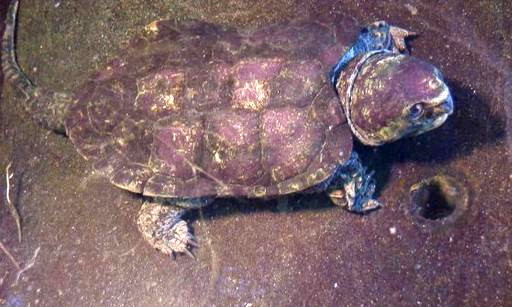Facts About Bighead Turtle
The big-headed turtle is a fascinating species found in Southeast Asia and southern China. Initially, it was classified under various families, but it now belongs to the family Platysternidae. One of the most intriguing aspects of this turtle is its remarkable climbing ability. Thanks to its strong claws and tail, the big-headed turtle can navigate obstacles and has even been observed climbing trees and bushes.
Unlike many other turtles, the big-headed turtle is not a strong swimmer. Instead, it primarily feeds on fish and snails. Unfortunately, this unique turtle is experiencing a decline in population. It is heavily consumed in Asia, and rampant capture from the wild has put it at risk.
There are several recognized subspecies of the big-headed turtle, including:
- P. m. megacephalum: Found in China (described in 1831)
- P. m. peguense: Found in Myanmar and Thailand (described in 1870)
- P. m. shiui: Found in Cambodia, Laos, and Vietnam (described in 1987)
Additionally, two other subspecies have been proposed, but their validity is still uncertain:
- P. m. tristernalis (proposed in 1984)
- P. m. vogeli (proposed in 1969)
The big-headed turtle is truly a remarkable creature, but it requires our attention and conservation efforts to ensure its survival.

 Myanmar (Burma)
Myanmar (Burma)